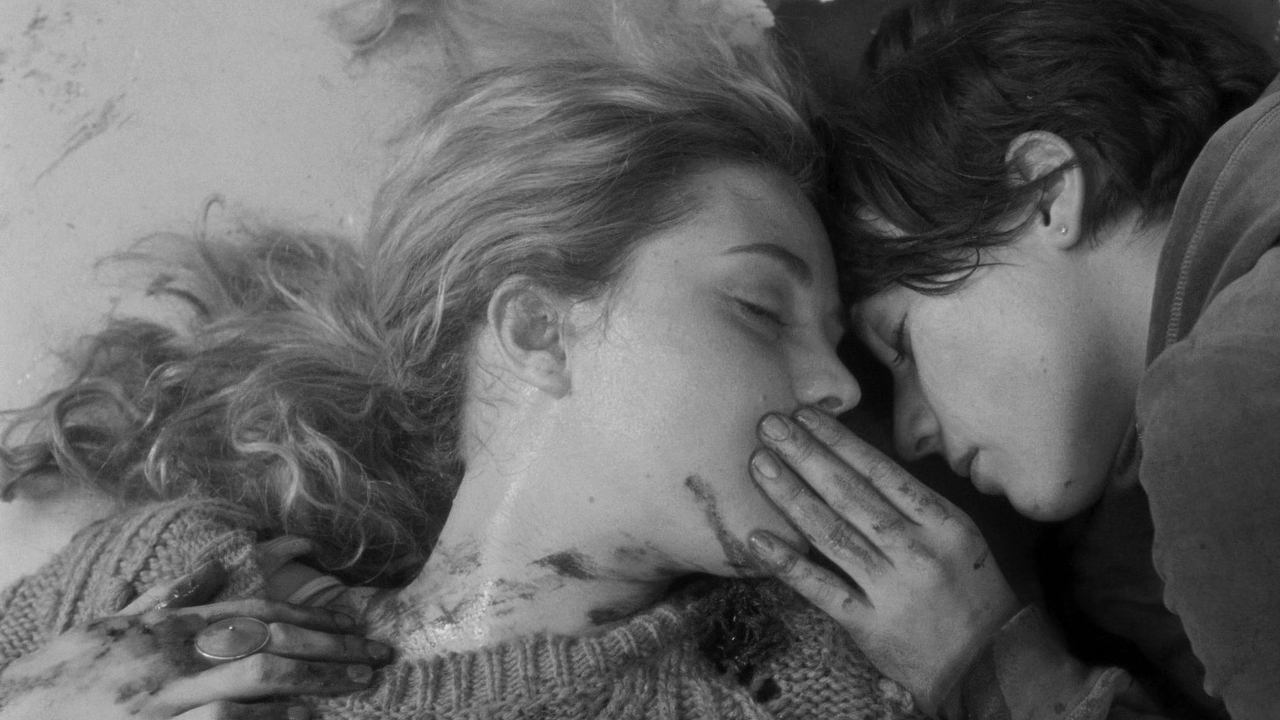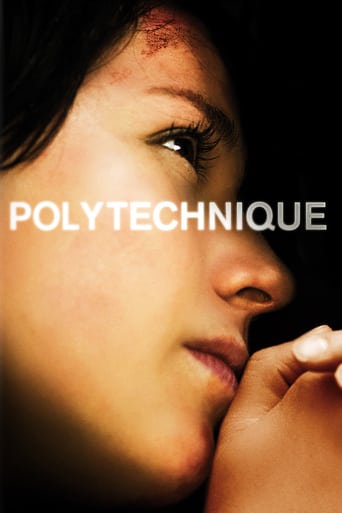

I wasn't terribly impressed by this movie, in fact at times I found it rather boring, especially the last 20 minutes which felt a bit pointless. The first 40 minutes were alright though, even though I have no idea what the point was in filming it all in black & white (didn't know it was gonna be and the poster is slightly misleading as that is indeed in colour) it's set in 1987 after all not 1957, but I'm sure many think that that was a brilliant idea.Anyway, lack of colours aside, yeah I wasn't terribly impressed with it, you don't get to know the characters much, or what made the killer actually snap (what made him hate feminists remains a mystery). I mean I understand that maybe they didn't want to take too many liberties with the script, but maybe it would have worked better as a documentary instead. And then we'd get a little more insight as well.The true story of which it's based is of course awful but that doesn't make the story anymore engaging, at least for me, certain others disagree and that's fine good for them.
... View MorePure and simple, this film is a response to our societal violence against women. I'm surprised by some of the reviewers here particularly from diomavro, trying to belittle the events or claim exaggeration on the film's part. Yes, the film is a fictionalized account, but the actual events are nearly note-for-note the same. All one has to do is read the Wikipedia article, École Polytechnique Massacre. The killer was very clear in his intentions, and he in fact cornered a group of women and told them he hated feminists and hated them for pursuing careers in engineering. Yes, it did cause a "media scandal" precisely because this was a massacre based on misogyny. That is what happened, there is no "grey area" here. Villeneuve has honoured and represented this event faithfully and truthfully. The Polytechnique massacre was a shocking reminder to Canada that men and women are still not equal, and there are those who will fight a perceived loss of privilege to the death. To try and cover this up, and claim that the murders were about anything other than a hatred of women, is to spit on the victim's graves.
... View MoreBased on the Ècole Polytechnique massacre that took place on December 6, 1989 in Montreal, Polytechnique documents the horrifying tragedy in which a gunman who claimed to be "fighting feminism" murdered 14 young women & wounded several others before turning the gun on himself and is shown from the perspectives of three people; the killer, one of his wounded victims & the victim's friend.Excellently directed by Dennis Villeneuve (director of Incendies & Prisoners) plus exquisitely captured in black n white, the film grabs the viewers' attention from its opening moment & is told in a manner that only pulls them in, in spite of its dark story. Running at only 77 minutes, it not only recreates the dreadful event but also covers the aftermath of the three main people involved in the story.The three characters we are introduced too are nicely presented on the screen by their respective actors, each delivering a very fine performance. However, the back-n-forth jump this film takes from time to time turned out to be quite distracting from the main subject. As for its faithfulness with the historical account, the film covers the gunman's killing spree with stunning accuracy.On an overall scale, Polytechnique is a hard-hitting docudrama that neither tries to make a statement nor offers any kind of redemption but simply offers an insight of what happened on December 6, 1989. It presents a man who lost his way in life & blamed women for all his miseries and yet never really judges him for the judgment part is left to viewers themselves & in that aspect, it's sure to divide its audience.An unsettling, tense & haunting recount which once experienced won't be easily forgotten, Polytechnique is a daring work of filmmaking crafted in memory of those 14 young women who lost their lives & few who survived but were scarred for life only because of the extreme misogynistic view of an individual who went completely crazy and the film as a whole subtly exhibits just how much hatred there can be in this world. Thoroughly recommended.
... View MorePlease disregard the quite bizarre ranting of that earlier reviewer talking about 'whitewashes' and 'feminist hate groups' - good grief! Some people's children...Short potted review: a truly stunning film, beautifully photographed (in glowing black and white) dealing - like Van Sant's Elephant, with a school shooting. I have to say I preferred this to 'Elephant' - as it reached depths that Van Sant just couldn't get to.Put aside the Hollywood-inspired urge to have everything neatly tied up and explained - the film treats the complexity of a school shooting with the subtlety it deserves.If you're into thoughtful elegant cinema - you MUST see this. This is the kind of apparently simple-seeming film-making, that America, by and large, has completely forgotten how to do.There wasn't a single wrong note anywhere in either the casting, direction, or script - I was totally entranced. Given the absurd raving of the previous reviewer, I was expecting some kind of sleazy b-movie - and was pleasantly surprised at the very well made piece of cinematic art that I was watching.This is one of those 'keepers' - a rather special film. Yes its intense, and violent at times - but what do you expect - the central plot is about a rampage through a school by an armed psycho who seemed to have some major issues with the female gender. That said, there's a fascinating little subplot, looking at a larger social picture which, in some ways, reflects the same attitude of the psycho killer...Enough said, I don't want to give anything away - if you like mature, thoughtful cinema - this is some astoundingly well-made film.
... View More